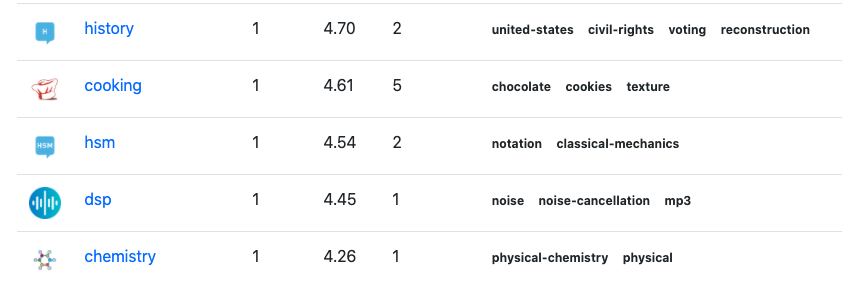Based on David Fullerton's answer, I've written a simple user script that adds a "hotness" indicator to the question infobar:

To use the script, you'll first need to install a user script manager like Greasemonkey or Tampermonkey for your browser, if you don't have one already. Then click this link, which should prompt you whether you want to install the script or not. (If you don't have a user script manager installed, it will just show you the source code for the script.)
The "hotness percentage" calculated by the script is simply the raw value given by the "core formula" in David Fullerton's answer, times 100%. It does not include the per-site adjustment factors or the cumulative penalty for multiple questions from the same site, and so is not directly comparable across sites or with the "arbitrary hotness points" shown in the tooltips on the SE.com home page.
In practice, it seems that questions on the Hot Network Questions list tend to have hotness values around 20% to 200% or so, whereas most not-so-hot questions tend to score a flat 0%. For a more detailed score, you can hover your mouse over the percentage to see the raw hotness score rounded to 5 significant digits. For example for this question, as of this writing, the raw hotness score is approximately 0.000016216 (although posting this answer should bump it up a little bit).
As of version 0.4, the script will display the hotness percentage with overstrike for questions that are ineligible for Hot Network Questions for some reason that the script can determine (like this one, since it's too old and on a meta site), and will show the specific reasons in the hover tooltip. Note that the script will not check for manual exclusions or previous HNQ appearances, since that information is (as far as I know) not directly available from the question page itself, and it cannot check for blocked title keywords since the blacklist is not public (and can vary between sites). Also as of version 0.4, the script calculates the hotness score for questions less than 8 hours old as if their age was 8 hours, which should give a reasonable estimate of what their hotness will be once they're old enough to become eligible for HNQ (at least as long as their answer count and vote totals don't change too much in the mean time, of course).




